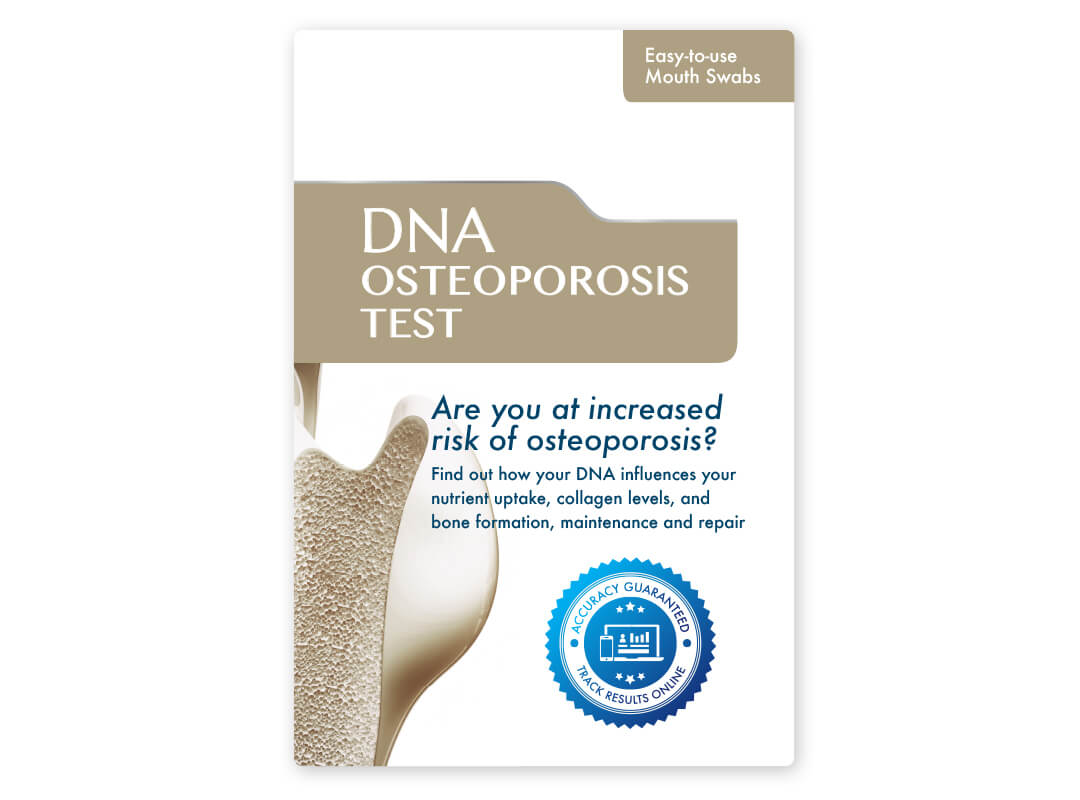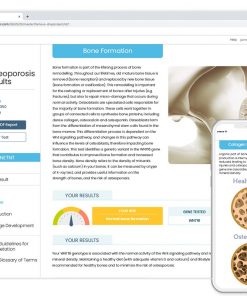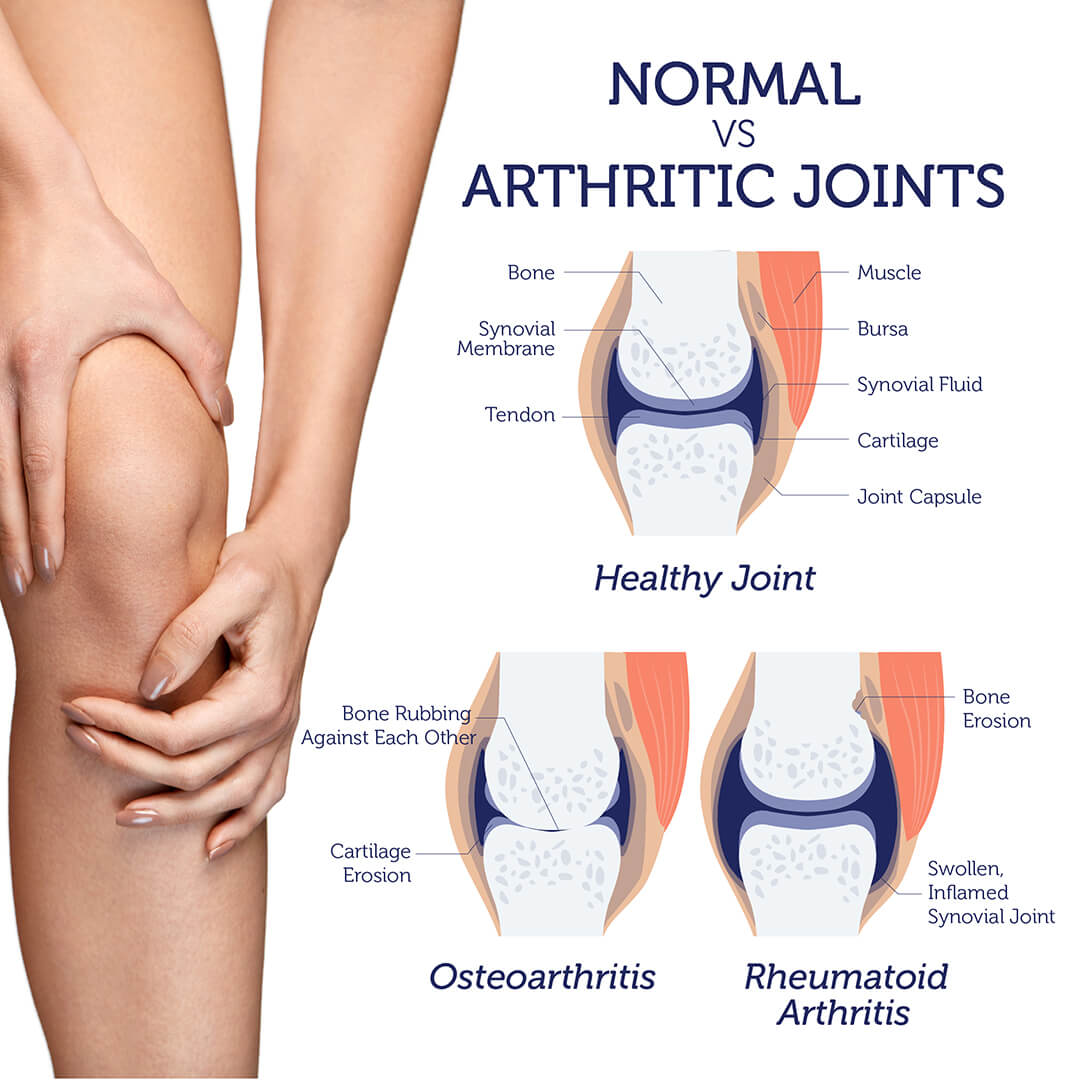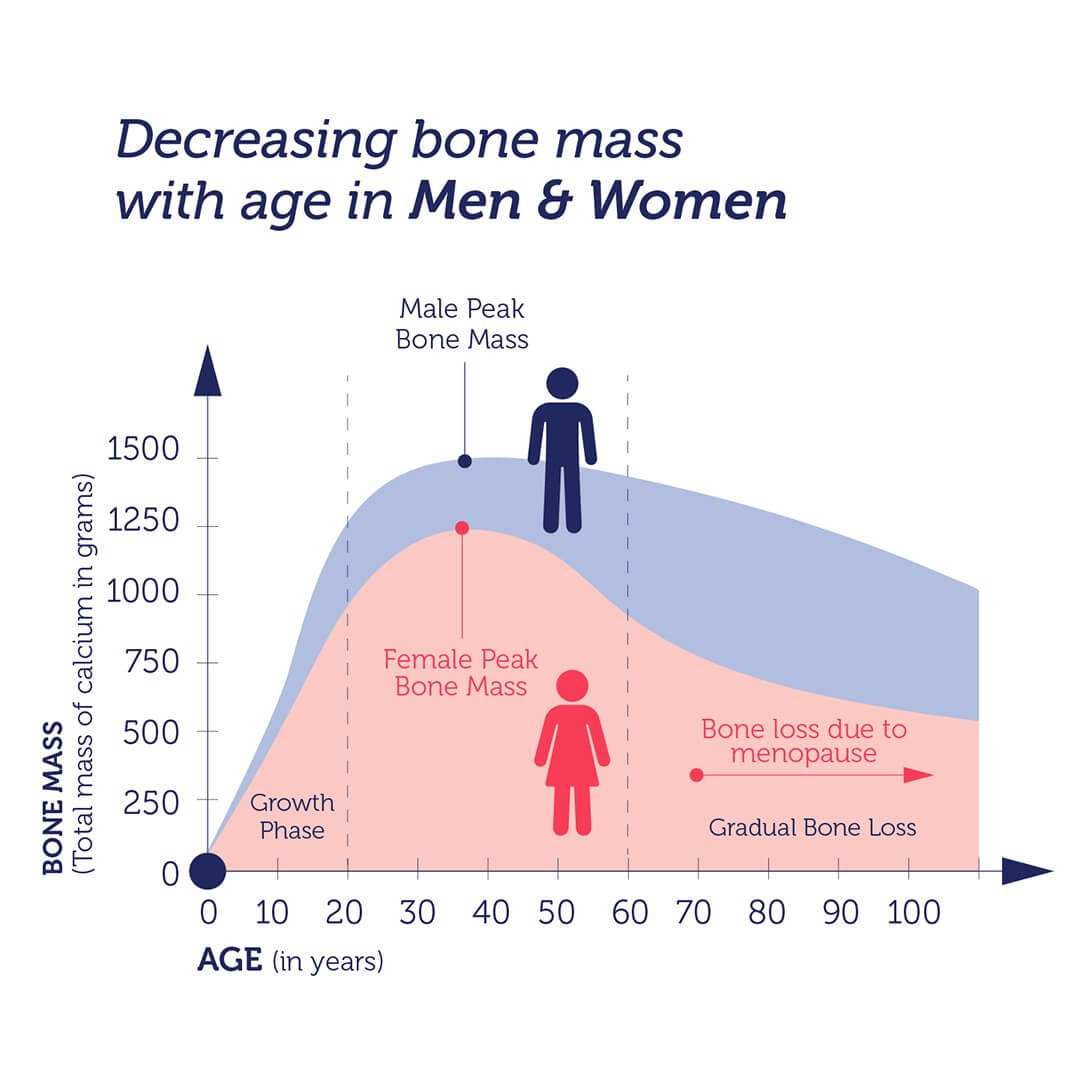DNA Osteoporosis Test
Are you taking proper care of your bones?
This DNA test can help you understand your genetic risk of osteoporosis and osteoarthritis.
- Includes genetic variants that affect bone and cartilage health
- Inheriting one or more variants may increase the risk of osteoporosis
- Painless sample collection
- Take the steps necessary to improve your bone health now
If you already took the DNA Osteoporosis Test, login to your DNA Access account to access this app.
If you have not taken the DNA Osteoporosis Test, take the DNA test to access this app.
$195, results in 5 to 7 business days








